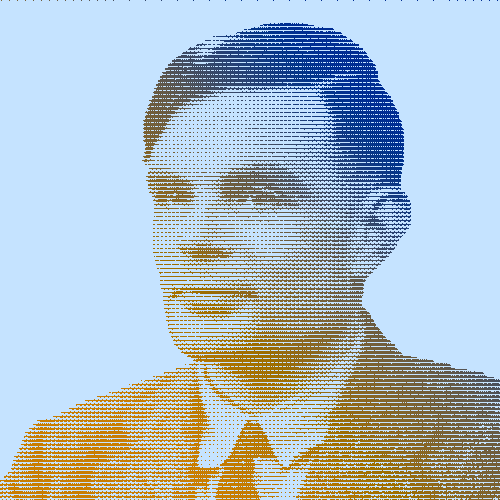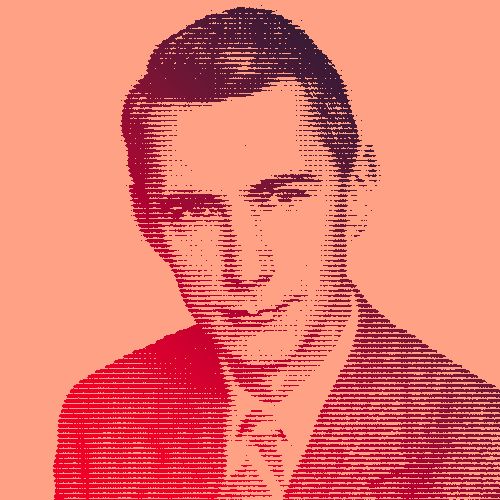The 2014 film The Imitation Game brought Alan Turing (1912-1954) and his contribution during World War II to the big screen. Yet this recognition was rather late in coming. For many years, his discoveries were largely concealed by the Official Secrets Act and clouded by his homosexuality. Today, he is rightly considered by many to be the father of theoretical computer science and artificial intelligence.
Bold first steps
Although most famous for his WW2 work at British codebreaking center Bletchley Park, his contributions began long before that. He pioneered the idea of computer memory, setting out a vision of the modern computer based on 0s and 1s. In 1936, he formalized his ideas in the Turing Machine — a hypothetical machine capable of simulating any algorithm. The first model of the modern computer.
“We can only see a short distance ahead, but we can see plenty there that needs to be done.”
Heroic actions behind the scenes
During the war, Turing joined the team at Bletchley Park. Using his remarkable intelligence knowledge of cryptology, he played a key role in breaking German naval codes including the famous Enigma machine – this without doubt saved many lives and may even have shortened the war by up to 2 years.
A new kind of intelligence
Post-war, he kept busy designing the Automatic Computing Machine (early electronic serial stored-program computer) and helping develop the subsequent Manchester computers. He also dabbled in mathematical biology. In 1949, he developed the Turing test to define a standard for machine intelligence. The idea? A computer was intelligent (could be said to “think”) if you couldn’t tell it apart from a human during a conversation.
“Those who can imagine anything, can create the impossible.”
Eccentricities & hidden facets
Behind these groundbreaking discoveries hid a multi-faceted man. Stuttering, scruffily dressed and rather eccentric, he was known to wear a gasmask on his bike to combat allergies and chain his mug to the radiator to make sure no one borrowed it. He also loved to run and nearly qualified for the Olympics — coming a close 5th in the marathon.
In 1952, when he reported a burglary and the police discovered his relationship with a man, he opted for chemical castration rather than going to prison. Just two years later, he died of cyanide poisoning.
The legacy of this forward-thinking computer scientist can’t be disputed. During his tragically short life, he laid the foundations for the modern computing and the Artificial Intelligence driving innovations like speech recognition and machine vision.
Key dates
-
1935
Turing is made a fellow at King’s College
After studying mathematics at Cambridge, Alan Turing is made a fellow at King's College at the age of just 22.
-
1942
1942 Intelligence Exchange
Turing goes to the U.S. as part of an intelligence exchange — he shares what he knows about Enigma and, in return, inspects the speech encryption system enabling conversations between Churchill and Roosevelt.
-
2009
The Alan Turing Law
British prime minister Gordan Brown publicly apologizes and, in 2013, Turing is given a posthumous pardon by the Queen. The Alan Turing Law is passed to pardon men convicted under historical legislation that outlawed homosexual acts.




